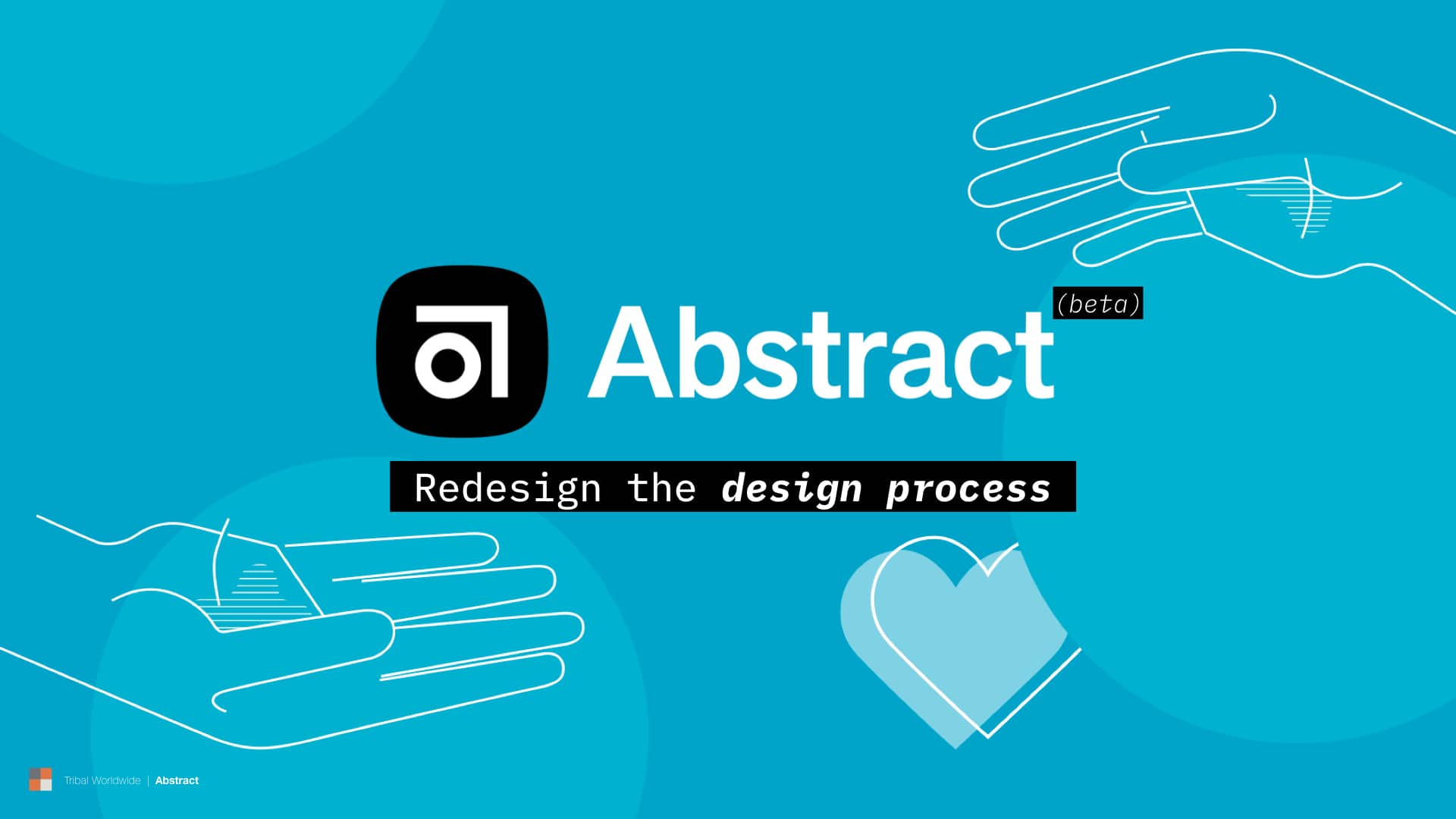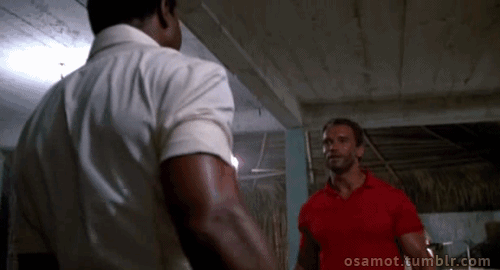
2017 has got off to a very good start on new tools for product design; Figma was the new star (and direct competitor of Sketch)among the interface design tools by giving code directly from the design. Brand.ai was born to easily manage design systems and export it to Sass, iOS, Android, and more. Lottie it’s a library that renders After Effects animations in real time, and allows to export the code to Android, iOS, and React Native apps.
The time is now

Designers learn from coders, and coders learn from designers. One of those processes and practices of the developers that we (designers) need to incorporate is Version control.
When designers work with Sketch, we usually use symbols. This system worked great when it was only a designer who modified a single-file. Then we started using linked libraries for situations of multiple designers working on multiple files that share assets, but what happens when a team needs to work in parallel on the same functionality? In those cases, the same questions arise again and again.
- Which one is the release file? Am I looking at the right file?
- What changes are made and who made the changes?
- Are the final changes of the feedback done?
Because of that, it’s really important to track and record all the changes. With a version control system in place, you don’t need to worry about any changes you make, sharing, collaborating, losing any file or asset, etc…
Don’t be afraid and embrace the ‘Git’
Why should we start a new adventure to develop specific tools for designers when developers have been working like this for years? I’ve tried several tools to manage versions for Sketch projects such as Kactus or Plant but for me, the best option till now is Abstract, the Github for designers.

Like most of the designers, I wasn’t familiar with terms like push, pull, commit, merge, create a branch and so on. So Abstract gave me the flexibility and simplicity of git without learning git commands.
It made my workflow simpler and more powerful at the same time because:
- Different people can work simultaneously on the same file.
- Everyone can work on different project files through the branches, and then easily merge in a Master file whenever required.
- The way of reviewing the variations (visual and non-visual) and deciding which one is the right one it’s easy peasy. And if we have messed up, you can get back to any previous version.
- Communication among team members by putting comments and suggestions on WIP projects (you can even integrate it with Slack) it’s agile.
- I’ll never be afraid of overwriting any file, losing any changes or knowing which is the release version.
That’s all folks
We are at a turning point to redefine how digital designers do their work and version control should be in our workflow. So it’s here, and it’s here to stay.
